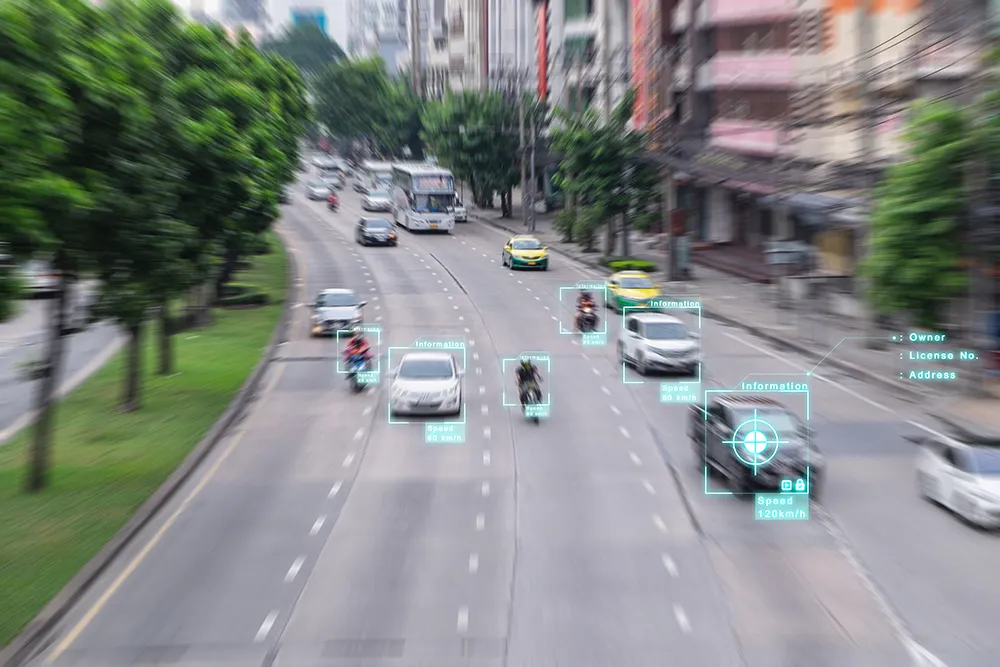US-based intelligent wireless solutions supplier Novatel Wireless has introduced an advanced an advanced mi-fi powered machine to machine (M2M) device that incorporates the industry leading mi-fi technology platform with customisations for multiple M2M vertical markets. The SA 2100 is designed for high bandwidth M2M applications across multiple vertical markets that up until now have required complex and fragmented application deployment. Designed for high bandwidth M2M applications, the SA 2100 makes it ea
May 7, 2013
Read time: 2 mins
US-based intelligent wireless solutions supplier 5429 Novatel Wireless has introduced an advanced an advanced mi-fi powered machine to machine (M2M) device that incorporates the industry leading mi-fi technology platform with customisations for multiple M2M vertical markets.
The SA 2100 is designed for high bandwidth M2M applications across multiple vertical markets that up until now have required complex and fragmented application deployment.
Designed for high bandwidth M2M applications, the SA 2100 makes it easier to connect Ethernet-based or wi-fi enabled devices to the high speed internet via 4G LTE access.
The SA 2100 is also a full-featured telematics solution for application service providers, systems integrators and enterprise customers to optimise mobile resources, including fleet management and asset tracking.
The device also acts as a hotspot in a car for access to wi-fi enabled devices such as laptops and tablets.
"We are proud to extend the mi-fi technology platform to address multiple markets at once; in-vehicle connected cars, commercial telematics such as fleet management, and fixed telemetry," said Dr Slim Souissi, CTO of Novatel Wireless. "The SA 2100 positions us at the center of projected growth markets with a powerful integrated solution, combining our patented technology with our expertise in customising, design, integration, and deployment of M2M devices," he continued.
The SA 2100 is designed for high bandwidth M2M applications across multiple vertical markets that up until now have required complex and fragmented application deployment.
Designed for high bandwidth M2M applications, the SA 2100 makes it easier to connect Ethernet-based or wi-fi enabled devices to the high speed internet via 4G LTE access.
The SA 2100 is also a full-featured telematics solution for application service providers, systems integrators and enterprise customers to optimise mobile resources, including fleet management and asset tracking.
The device also acts as a hotspot in a car for access to wi-fi enabled devices such as laptops and tablets.
"We are proud to extend the mi-fi technology platform to address multiple markets at once; in-vehicle connected cars, commercial telematics such as fleet management, and fixed telemetry," said Dr Slim Souissi, CTO of Novatel Wireless. "The SA 2100 positions us at the center of projected growth markets with a powerful integrated solution, combining our patented technology with our expertise in customising, design, integration, and deployment of M2M devices," he continued.









